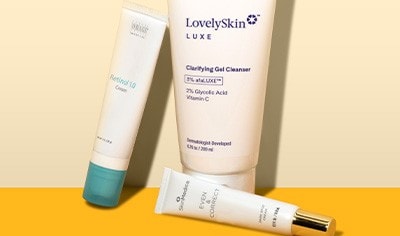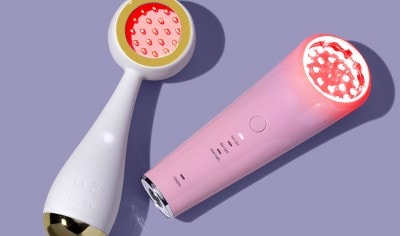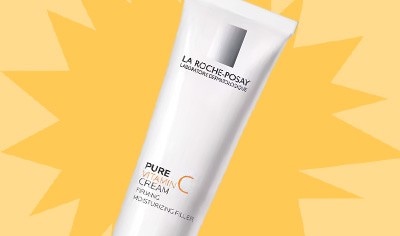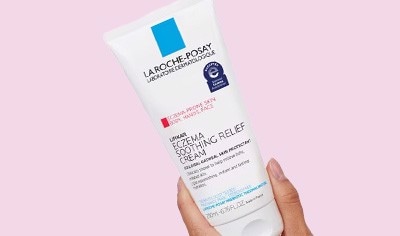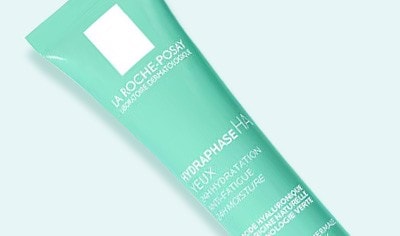What is SPF? Defend Skin by Choosing Products with a Proper Sun Protection Factor
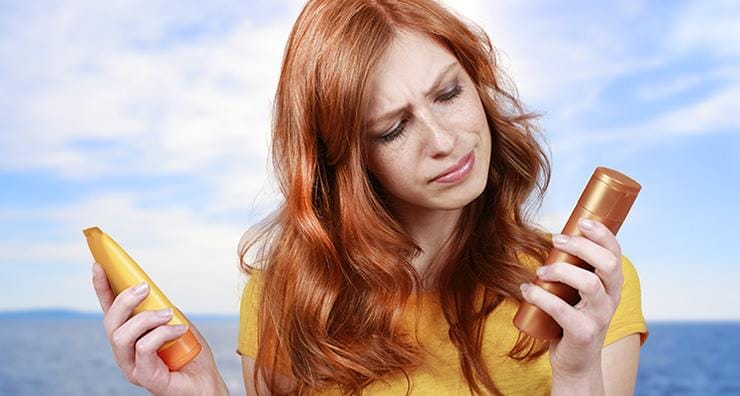
Dear LovelySkin,
What is SPF?
-Anonymous
Navigating the sunscreen aisle can be difficult if you don’t understand the difference between chemical and physical formulas, which ingredients you should be looking for and how much SPF you need. SPF is one of the first components of a sun protection product that people examine when choosing sunscreen lotions although it is not the most important factor. SPF stands for sun protection factor and it is a measure of how well a product protects against UVB rays.
A common myth is that using a product with a high SPF means that you do not have to reapply your sunscreen. This is untrue and can lead to dangerous sun exposure. SPF measures only one form of sun exposure, UVB. There are many other aspects that aren't explained by SPF, including UVA exposure and the ability of the sunscreen to stay on during water and sweat exposure. No matter what the SPF factor is, you must reapply your sun protection product at least every two hours.
It is important to look for indications other than SPF when purchasing sunscreen lotions. Always look for products that provide broad spectrum protection because these formulas protect against both UVA ad UVB rays. SPF only indicates how well a product protects against UVB rays, not UVA rays, which can both lead to skin cancer.
You should also look for products that are labeled water-resistant. Water-resistant sunscreen lotions, creams and sprays will indicate how often you should reapply them after skin is exposed to water. These formulas continue to protect while swimming or exercising but you should still reapply the products to effectively protect your complexion.
Wearing a broad-spectrum product with a sufficient sun protection factor is one of the easiest ways to maintain healthy, youthful skin. Follow the rules for finding the right product and you can avoid painful burns and reduce your risk of skin cancer.

About the Author
Marie is a content writer and social media strategist who has worked at LovelySkin since 2012. She loves scouring the internet for the latest hair and makeup how-to videos and talking about her number one must-have skin care product - sunscreen!
Other Posts by MarieIngredient Spotlight: Hyaluronic Acid
Follow These Tips to Transform Your Crac...
Follow us on social
Follow us on social networks and be one of the first to learn about sales, giveaways, and free samples

